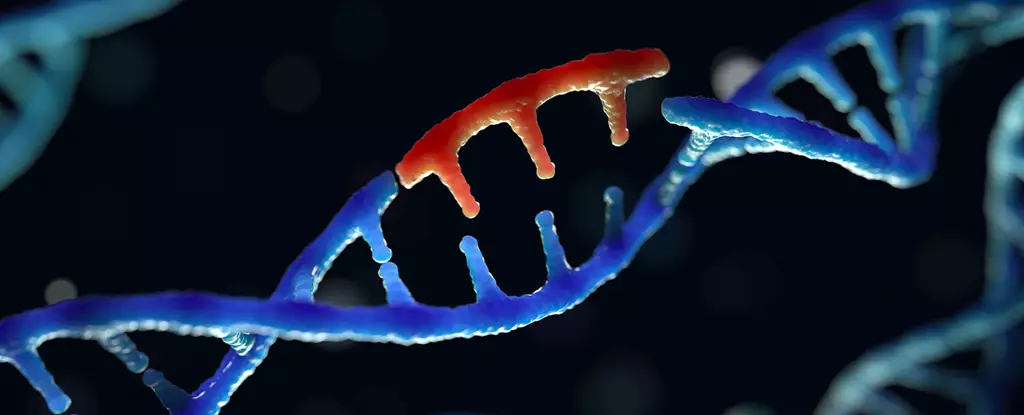In the realm of genetics, viruses can often leave behind traces of their DNA within our genomes, which can potentially be passed down through generations. Previously believed to be dormant, these remnants of viral DNA have now been discovered to have the ability to be reactivated, leading to various negative consequences. Researchers, such as bioinformatician Atma Ivancevic from the University of Colorado, have found that cancers can actually utilize some of these “zombie virus” parts to their advantage. This revelation highlights how diseases today can be greatly impacted by ancient viral infections that were previously ignored by the scientific community.
The Importance of Endogenous Retroviruses (ERVs)
These leftover snippets of viruses, also known as endogenous retroviruses (ERVs), play a crucial role in our existence as mammals, as they played a part in the evolution of the placenta. However, despite their significance, ERVs also come with their own set of drawbacks that are only beginning to be comprehended. One of the key implications of this study is the revelation that many genes responsible for the growth of cancer cells are being activated by these ancient viruses. This sheds light on the fact that the activation of genes in cancer cells is influenced by genetic material from viral origins.
Through a functional study involving colorectal cancer tissues, researchers discovered that a specific viral gene known as LTR10 was responsible for regulating genes associated with tumor development. By deactivating the LTR10 genes in both human colorectal tumor cells and mice, they were able to inhibit the expression of cancer-promoting genes, ultimately leading to a reduction in tumor size. This demonstrates how these “zombie virus” genes are being used as epigenetic switches to control the expression of genes that drive cancer growth.
Further investigation revealed that a single family of retroviruses could potentially regulate up to 70 genes associated with cancer. While the researchers were able to identify which genes were being regulated by LTR10 in tumor cells, they were unable to directly confirm the link between these genes and the progression of cancer. This underscores the need for additional studies using patient-derived organoids to establish these connections. Scientists believe that as we age, more of these dormant virus remnants may become active, contributing to a range of health issues later in life.
As our understanding of these ancient viral elements within our DNA continues to evolve, researchers are gradually uncovering the mechanisms by which they influence complex conditions like cancer. By delving into the more obscure aspects of our biology, we are gaining valuable insights into the role that these “zombie virus” parts play in the development and progression of diseases.


Leave a Reply